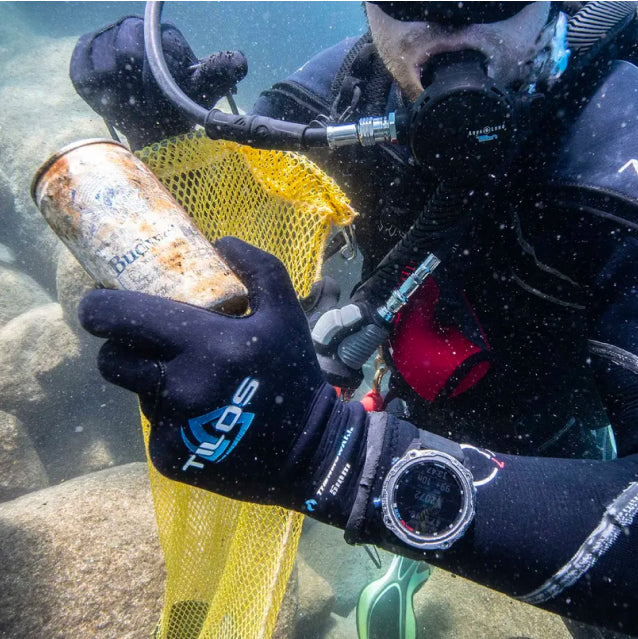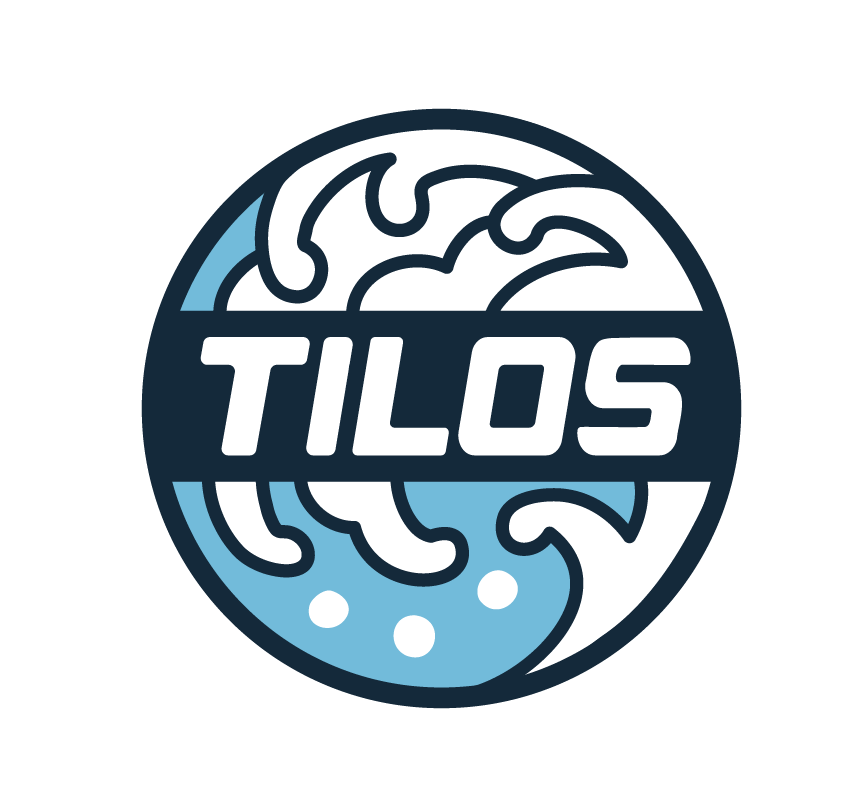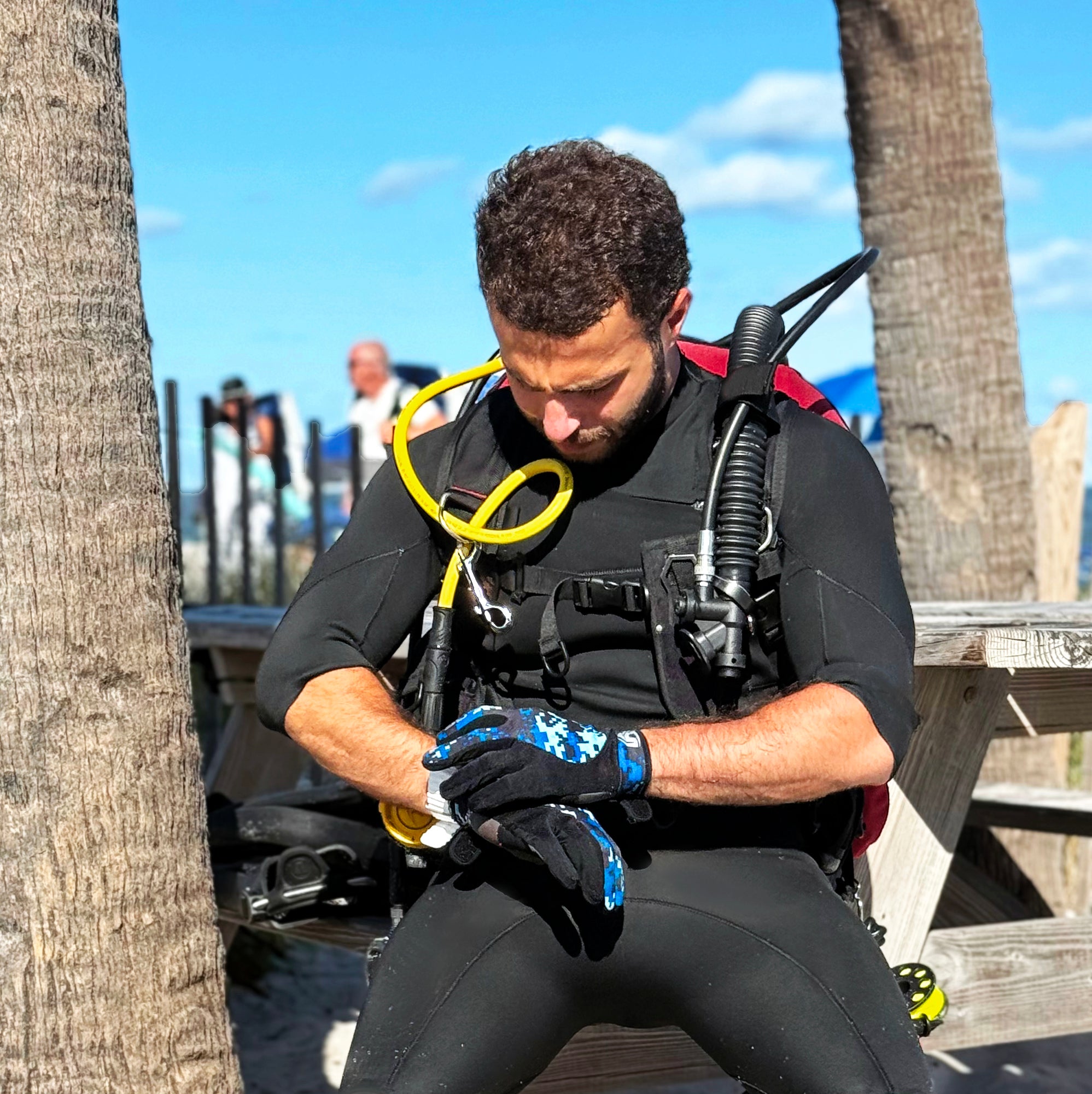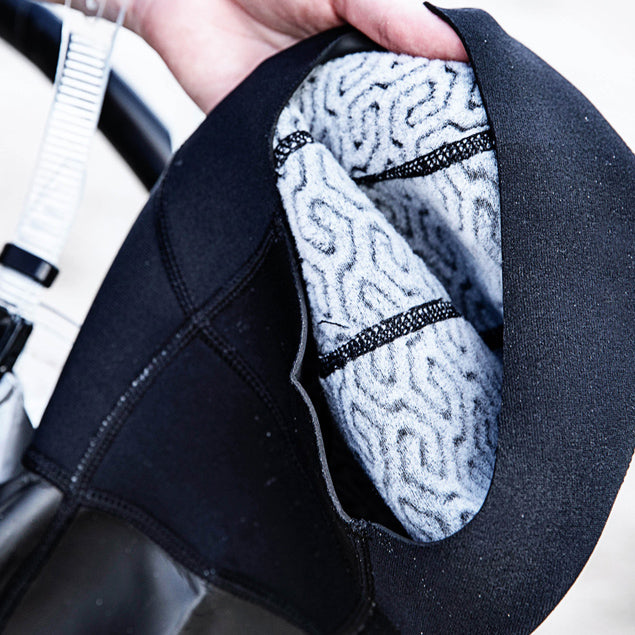A BETTER NEOPRENE
Green technologies are driving the development of Tilos neoprene, reducing environmental impact while maintaining performance. By adopting renewable energy, closed-loop recycling, and bio-based materials, we move toward a more responsible future for neoprene production.

12.1 MILLION KG
Per year of carbon footprint could be eliminated by our neoprene technologies.
NEOPRENE RUBBER FOAM

LIMESTONE NEOPRENE
In the neoprene production process, limestone is utilized as a sustainable alternative to petrochemicals, resulting in rubber chips. This eco-conscious approach delivers comparable performance to conventional neoprene while significantly reducing environmental footprint.
ECO CARBON BLACK
At our wetsuit factory, we source Eco Carbon Black from post-consumer scrap tires. This innovation reduces energy consumption and cuts CO2 emissions by 200g per wetsuit, reinforcing our commitment to environmental stewardship.
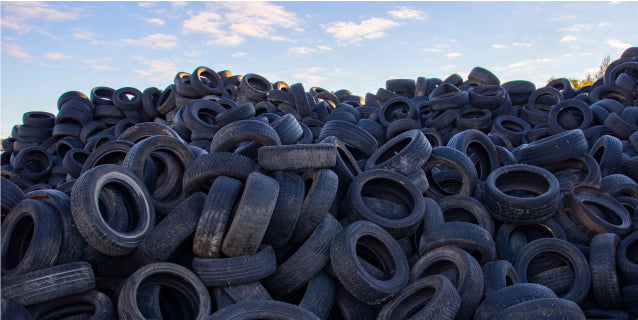
NEOPRENE RECYCLING PROCESS
Excess trimmed neoprene materials are recycled into new sheets in a circular process. This conserves raw materials, reduces energy use, and minimizes waste emissions—aligned with responsible manufacturing.
5,000 KG
Neoprene waste reborn every year.
LAMINATION
WATER BASED GLUE
Water-based glues typically have lower volatile organic compound (VOC) emissions than solvent-based adhesives, contributing less to air pollution and offering an environmentally preferable option.

600 G
Solvent / VOCs eliminated per wetsuit.
FABRICS

DOPE-DYED YARN
We infuse pigments into a molten plastic solution to create colored yarns. This method saves significant water, reduces energy consumption, and minimizes water pollution.
RECYCLED POLYESTER
A large portion of our fabrics are woven from polyester yarn derived from recycled plastic bottles— optimizing material use while reducing waste.

Fabrics for one wetsuit
MORE ECO-FRIENDLY NEOPRENE

